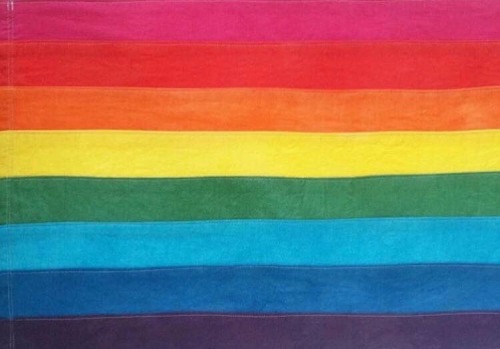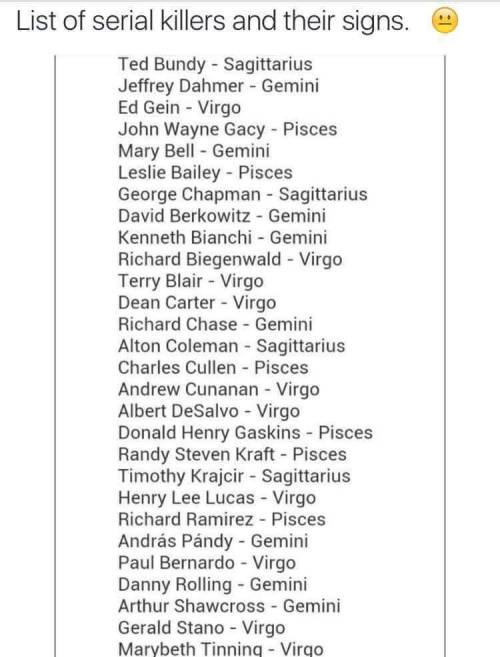Fibonaccite - I'm Always A Slut For Knowledge

More Posts from Fibonaccite and Others
What Would Your Favorite American Horror Story: Hotel Character Read?

The Countess by Rebecca Johns
Dark Lover by J. R. Ward
The Unfortunates by Sophie McManus

Jesus’ Son by Denis Johnson
The Girl on the Train by Paula Hawkins
Requiem for a Dream by Hubert Selby

Fight Club by Chuck Palahniuk
American Psycho by Bret Easton Ellis
Fear and Loathing in Las Vegas by Hunter S. Thompson

Anna Karenina by Leo Tolstoy
Maurice by E.M. Forster
The Danish Girl by David Ebershoff

Room by Emma Donoghue
NOS4A2 by Joe Hill
We Need to Talk About Kevin by Lionel Shriver

Fear and Clothing: Unbuckling American Style by Cintra Wilson
Alexander McQueen: Blood Beneath the Skin by Andrew Wilson
The Swans of Fifth Avenue by Melanie Benjamin

The Devil in the White City by Erik Larson
The Shining Girls by Lauren Beukes
The Death and Life of Zebulon Finch: At the Edge of Empire by Daniel Kraus

The Life-Changing Magic of Tidying Up by Marie Kondo
Stain Rescue! The A-Z Guide to Removing Smudges, Spots, & Other Spills by Anne Marie Soto
The Road Out of Hell: Sanford Clark and The True Story of the Wineville Murders by Anthony Flacco
Until next time!

- Post by Fisher in Information Services

Galaxy-Inspired Bath Bombs
These galaxy-inspired creations are designed by licensed cosmetologist Heather Mcginley, who studied all natural and organic ingredients for about 10 years before deciding to make her own non-toxic products. When placed in water, the powdered balls unleash a delightful fizz and bubbliness, while also releasing soothing aromatherapy scents and turning your bath an exciting range of colors.
Via ModernMet

Question: If 2 black holes get near each other, can they then gravitationally pull matter out of the other black hole & back into “normal” space?
The short answer is no.
A black hole (in the traditional sense) is defined as an object that has collapsed so that its radius is equal to, or less than, the Schwarzschild of the object.
What does this mean?
Every object has a Schwarzschild radius; this is the point at which an object’s mass is so compressed that the gravitational influence overpowers the other forces of nature and it collapses to a singularity.
Of course, not every object is massive enough to collapse to its Schwarzschild radius. The Earth’s Schwarzschild radius, for example, is about the diameter of a small marble. If you were to apply enough energy to the Earth and compress its mass to that size, it would collapse to form a black hole. The same is true for humans, except I’d need to compress you to a point some 10-million times smaller than a marble in order to turn you into a black hole.
So, what is special about the Schwarzschild radius? This is the point at which the escape velocity for the object is equal to the speed of light. Obviously, since you can’t travel ,or faster than, the speed of light you can’t get out of a black hole neither can another black hole pull you out.
It’s important to realize that, outside of the Schwarzschild radius (also known as the event horizon), spacetime is normal. You can interact with a black hole in the same ways you interact with any other object of mass.
Image credit: NASA/CXC/A.Hobart
Article: From Quarks to Quasars
Intelligence is such a turn on.
-
 anon1mity reblogged this · 5 months ago
anon1mity reblogged this · 5 months ago -
 nappi reblogged this · 5 months ago
nappi reblogged this · 5 months ago -
 weaknessxl liked this · 5 months ago
weaknessxl liked this · 5 months ago -
 momo-with-guns reblogged this · 5 months ago
momo-with-guns reblogged this · 5 months ago -
 loysurana liked this · 5 months ago
loysurana liked this · 5 months ago -
 the-luckiest-guy-thanks-to-you reblogged this · 5 months ago
the-luckiest-guy-thanks-to-you reblogged this · 5 months ago -
 nappi liked this · 5 months ago
nappi liked this · 5 months ago -
 feralhimboo liked this · 5 months ago
feralhimboo liked this · 5 months ago -
 stop-it-drop-it-roll-it liked this · 5 months ago
stop-it-drop-it-roll-it liked this · 5 months ago -
 tiny-cthulhu reblogged this · 5 months ago
tiny-cthulhu reblogged this · 5 months ago -
 monarchofthebees reblogged this · 5 months ago
monarchofthebees reblogged this · 5 months ago -
 monarchofthebees liked this · 5 months ago
monarchofthebees liked this · 5 months ago -
 antimony-ore reblogged this · 5 months ago
antimony-ore reblogged this · 5 months ago -
 nothingnessreality reblogged this · 1 year ago
nothingnessreality reblogged this · 1 year ago -
 saria666 liked this · 1 year ago
saria666 liked this · 1 year ago -
 somewhere-in-a-microwave liked this · 1 year ago
somewhere-in-a-microwave liked this · 1 year ago -
 groovewitch liked this · 1 year ago
groovewitch liked this · 1 year ago -
 yourlocaltoad liked this · 1 year ago
yourlocaltoad liked this · 1 year ago -
 fanficphoenixed reblogged this · 1 year ago
fanficphoenixed reblogged this · 1 year ago -
 fanficphoenixed liked this · 1 year ago
fanficphoenixed liked this · 1 year ago -
 iwillhaveamoonbase liked this · 2 years ago
iwillhaveamoonbase liked this · 2 years ago -
 angstandhappiness liked this · 3 years ago
angstandhappiness liked this · 3 years ago -
 different-wonderland-sweets liked this · 3 years ago
different-wonderland-sweets liked this · 3 years ago -
 littletimorousbeastie liked this · 4 years ago
littletimorousbeastie liked this · 4 years ago -
 lookatmethere liked this · 4 years ago
lookatmethere liked this · 4 years ago -
 a05 liked this · 4 years ago
a05 liked this · 4 years ago -
 silent-cat reblogged this · 4 years ago
silent-cat reblogged this · 4 years ago





